GUIDE
In today's fast-paced digital landscape, managing a plethora of digital assets effectively is more crucial than ever. Organisations are inundated with a constant influx of content, and without a proper system in place, chaos can ensue. Digital Asset Management (DAM) systems offer a lifeline, streamlining the process of storing, organising, and retrieving digital assets. As technologies advance and consumer expectations evolve, staying ahead of DAM trends becomes imperative for businesses striving to maintain a competitive edge.
Navigating the ever-changing world of DAM is no small feat. Emerging trends can reshape how organisations handle digital content, influencing everything from workflow efficiency to brand consistency. Understanding these trends is not merely beneficial; it is essential for leveraging the full potential of a DAM system. By keeping abreast of the latest developments, businesses can tailor their strategies, ensuring they extract maximum value from their digital assets.
This article sheds light on the key DAM trends to watch. Each trend presents unique opportunities and challenges, requiring careful consideration and strategic planning. From the integration of artificial intelligence to the increasing focus on user experience, these trends offer insights into the future of digital asset management.
- Harnessing artificial intelligence for enhanced metadata tagging and asset discovery.
- Prioritising user experience to improve system adoption and usability.
- Emphasising security and compliance in a landscape of growing data privacy concerns.
- Adopting cloud-based solutions for scalability and remote accessibility.
- Focusing on interoperability to streamline cross-platform integration.
Dive into this guide to explore how these trends can transform your digital asset management strategy, helping you stay ahead in a world where efficient content management is a vital business differentiator.
Introduction
In today's fast-paced digital landscape, managing a plethora of digital assets effectively is more crucial than ever. Organisations are inundated with a constant influx of content, and without a proper system in place, chaos can ensue. Digital Asset Management (DAM) systems offer a lifeline, streamlining the process of storing, organising, and retrieving digital assets. As technologies advance and consumer expectations evolve, staying ahead of DAM trends becomes imperative for businesses striving to maintain a competitive edge.
Navigating the ever-changing world of DAM is no small feat. Emerging trends can reshape how organisations handle digital content, influencing everything from workflow efficiency to brand consistency. Understanding these trends is not merely beneficial; it is essential for leveraging the full potential of a DAM system. By keeping abreast of the latest developments, businesses can tailor their strategies, ensuring they extract maximum value from their digital assets.
This article sheds light on the key DAM trends to watch. Each trend presents unique opportunities and challenges, requiring careful consideration and strategic planning. From the integration of artificial intelligence to the increasing focus on user experience, these trends offer insights into the future of digital asset management.
- Harnessing artificial intelligence for enhanced metadata tagging and asset discovery.
- Prioritising user experience to improve system adoption and usability.
- Emphasising security and compliance in a landscape of growing data privacy concerns.
- Adopting cloud-based solutions for scalability and remote accessibility.
- Focusing on interoperability to streamline cross-platform integration.
Dive into this guide to explore how these trends can transform your digital asset management strategy, helping you stay ahead in a world where efficient content management is a vital business differentiator.
Navigation
Steps to Follow
ONE
Actionable Steps
Examples
Best Practices
TWO
Actionable Steps
Examples
Best Practices
THREE
Actionable Steps
Examples
Best Practices
Common Mistakes to Avoid
Digital Asset Management (DAM) continues to evolve, reflecting broader technological advancements and shifts in organisational needs. As we navigate through 2023, several trends are emerging that warrant close attention from businesses aiming to optimise their asset management strategies. Understanding these trends will enable organisations to make informed decisions that not only streamline operations but also enhance their competitive edge.
Firstly, the integration of artificial intelligence and machine learning into DAM systems is proving transformative. These technologies offer improved metadata tagging, automated content categorisation, and advanced search functionalities. Organisations that leverage AI-driven capabilities can manage their assets more efficiently, reducing time spent on manual tasks and improving accuracy.
Moreover, the emphasis on user experience is reshaping how DAM systems are designed and implemented. User-friendly interfaces, intuitive navigation, and seamless integrations with other tools are becoming standard expectations. By prioritising user-centric design, organisations can ensure higher adoption rates and greater satisfaction among users.
Another significant trend is the growing importance of security and compliance. As digital assets proliferate, so do the risks associated with data breaches and non-compliance with regulations. Organisations must adopt robust security measures and adhere to industry standards to protect their assets. This includes:
- Implementing stringent access controls and authentication processes.
- Regularly updating and patching DAM systems.
- Conducting audits to ensure compliance with relevant regulations.
Additionally, the shift towards remote and hybrid work environments has increased the demand for cloud-based DAM solutions. These platforms offer the flexibility and scalability needed to support distributed teams. By investing in cloud infrastructure, organisations can facilitate collaboration and maintain business continuity, regardless of physical location.
Lastly, sustainability is gaining traction as a critical consideration in DAM strategies. Companies are increasingly seeking solutions that minimise environmental impact, whether through energy-efficient technologies or sustainable data storage practices.
In conclusion, staying abreast of these trends is essential for organisations seeking to harness the full potential of their digital assets. By embracing innovation, prioritising user experience, ensuring security, and considering sustainability, businesses can position themselves for long-term success in an ever-evolving digital landscape.
Faq
Frequently Asked Questions
A: The primary benefit of implementing a DAM system is the efficient organisation and retrieval of digital assets. By centralising assets in a unified platform, organisations can significantly reduce time spent searching for files. This streamlined accessibility enhances productivity and ensures brand consistency across various channels.
A: AI plays a crucial role in modern DAM systems by automating metadata tagging, enhancing search capabilities, and personalising user experiences. AI-driven analytics can provide insights into asset usage patterns and optimise content strategies. As AI technologies continue to evolve, they will further refine asset management processes, making them more intuitive and efficient.
A: Cloud technology greatly influences the evolution of DAM by offering scalable, flexible, and cost-effective solutions. It enables remote access to digital assets from anywhere, fostering collaboration among distributed teams. Additionally, cloud-based DAM systems often provide robust security measures, ensuring data protection and compliance with industry standards.
DAM Guides
Click here to explore our in-depth Guides—step-by-step walkthroughs designed to help you master DAM, AI, integrations, and workflow optimization.
DAM Articles
Click here to dive into our latest Articles—insightful reads that unpack trends, strategies, and real-world applications across the digital asset world.
Take me to Articles
DAM Resources
Click here to access our practical Resources—including tools, checklists, and templates you can put to work immediately in your DAM practice.
Take me to Resources



